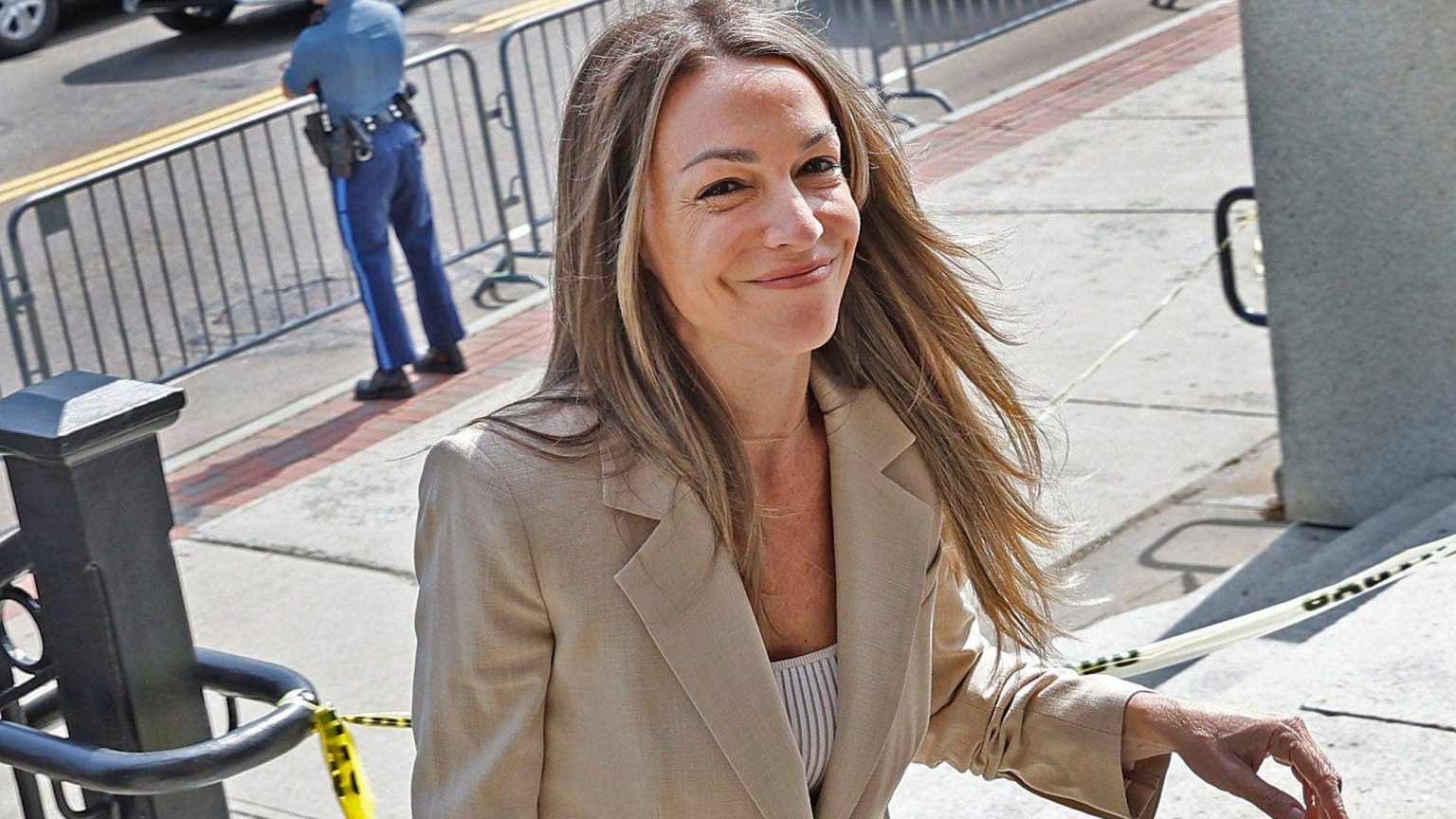In a high-profile murder trial, Karen Read has chosen not to take the witness stand, a decision that could significantly impact her defense. Prosecutors allege that Read killed her boyfriend, Boston police officer John O’Keefe, during a drunken altercation, subsequently leaving him to succumb to the cold in a friend’s front yard. The defense contends that Read’s vehicle never collided with O’Keefe and argues that her decision to abstain from testifying may either strengthen or weaken her case.
| Article Subheadings |
|---|
| 1) Overview of Karen Read’s Case |
| 2) Claims and Counterclaims |
| 3) Strategic Decisions in the Defense |
| 4) The Role of Evidence in the Trial |
| 5) Future Implications for the Legal Process |
Overview of Karen Read’s Case
The case against Karen Read involves the tragic events surrounding the death of John O’Keefe, a Boston police officer. On the night of January 29, 2022, Read is accused of striking O’Keefe with her Lexus SUV amid a heated argument fueled by alcohol. Following the alleged collision, O’Keefe reportedly succumbed to hypothermia while lying in the front yard of a friend’s home. The legal ramifications of this case could lead Read to face a sentence of life imprisonment if convicted. This marks Read’s second trial; her first ended in a hung jury.
Claims and Counterclaims
At the heart of the prosecution’s claims is the assertion that Read was driving under the influence and struck O’Keefe, leaving him to freeze to death in an accessible area. In contrast, the defense team argues that Read’s vehicle never made physical contact with O’Keefe, stating that the prosecution’s narrative is not supported by evidence. Legal experts have noted that the circumstances surrounding O’Keefe’s death are complex, and the credibility of both the prosecution and defense hinges on the jury’s interpretation of the available evidence.
Strategic Decisions in the Defense
The decision made by Read’s defense team not to have her testify in her own defense has been labeled a risky gamble. In legal practice, it is often advised that a defendant’s choice to testify can significantly influence the jury’s perception. Louis Gelormino, a defense attorney, has expressed that while he believes Read has the capability to present herself compellingly on the witness stand, the risks associated with cross-examination usually outweigh the potential benefits. By abstaining from the testimony, the defense aims to prevent the prosecution from using Read’s past interviews against her, potentially preserving her image.
The Role of Evidence in the Trial
Critical to the prosecution’s case are the clips from Read’s past televised interviews, which have resurfaced in this trial. These statements have been interpreted as damaging to her defense; they contain admissions that seem to contradict her current claims. The jury is likely to grapple with evaluating these videos, especially given that the first trial lacked such contentious material. The presence of these clips poses a formidable challenge for Read’s team, which must now confront the effects of this evidence on their overall argument.
Future Implications for the Legal Process
The ramifications of this ongoing trial extend beyond the life of Karen Read. Legal scholars have noted that high-profile cases like this often prompt discussions on the application of justice and the treatment of defendants in trial settings. The choices made regarding witness testimony and the evidential narrative reflect larger systemic issues in criminal justice. As the trial unfolds, the outcomes will not only determine Read’s future but could also influence legal precedents surrounding witness testimony and evidential practices in similar cases.
| No. | Key Points |
|---|---|
| 1 | Karen Read is accused of murdering Boston police officer John O’Keefe in a drunken altercation. |
| 2 | The defense maintains that Read’s vehicle did not collide with O’Keefe, contradicting prosecution claims. |
| 3 | Read’s defense has made the strategic choice not to call her to testify, citing risks of cross-examination. |
| 4 | Video evidence from previous interviews has complicated the defense’s position and may influence jury perceptions. |
| 5 | The outcome of this case could have lasting implications for legal standards and practices in similar trials. |
Summary
The murder trial of Karen Read presents a complex web of legal challenges and poignant questions surrounding justice, personal accountability, and the limitations of evidence. With the weighty implications of not testifying and the damaging nature of previously recorded interviews looming large, the trial stands as a reflection of both individual tragedy and systemic legal issues. As proceedings continue, the jury’s decision will illuminate not only the fate of Read but also broader considerations within the criminal justice system.
Frequently Asked Questions
Question: What are the main charges against Karen Read?
Karen Read faces charges of murder in connection with the death of her boyfriend, Boston police officer John O’Keefe, who allegedly died as a result of a collision with her vehicle.
Question: Why did the defense choose not to have Karen Read testify?
The defense believes that by not putting Read on the stand, they can avoid potentially damaging cross-examination focused on her previous statements, allowing the jury to solely consider the prosecution’s evidence without her narrative complicating the case.
Question: How might the outcome of this trial impact future cases?
The outcome could influence discussions on evidential practices, the significance of a defendant’s right to remain silent, and overall strategies in high-profile criminal cases, establishing new precedents for similar future trials.


